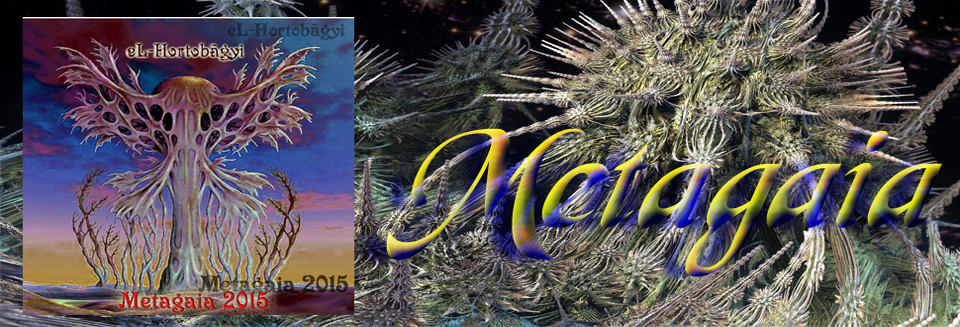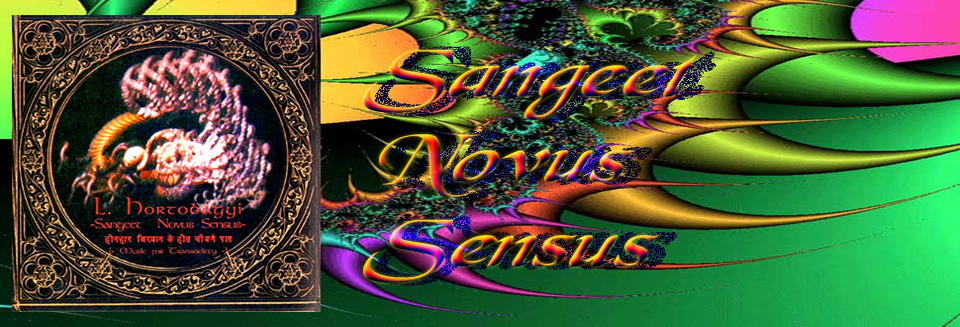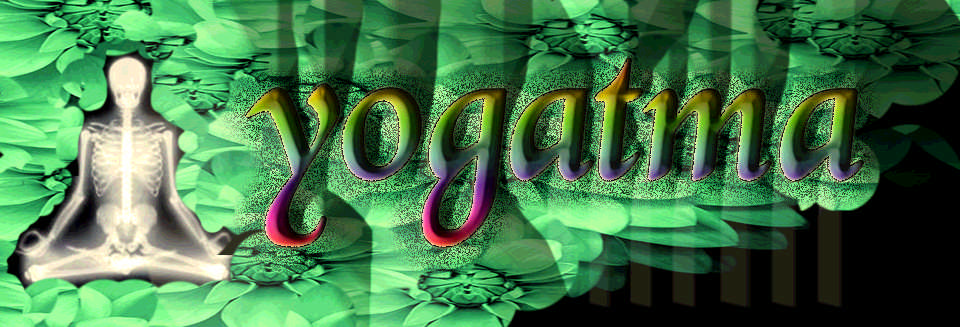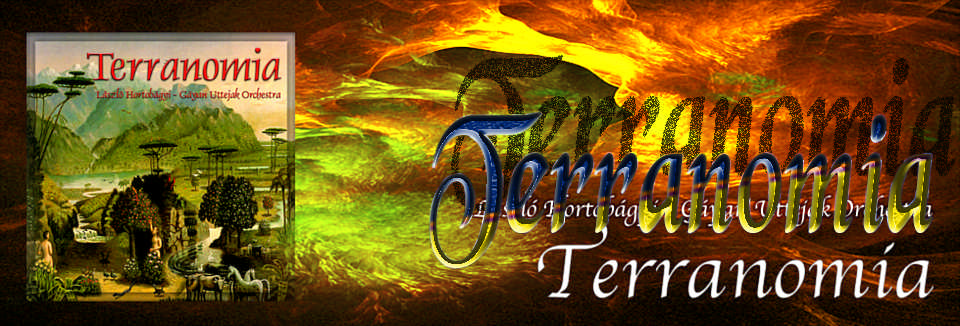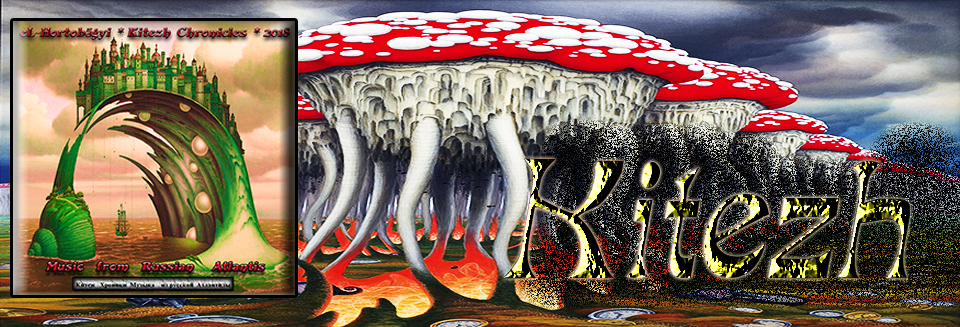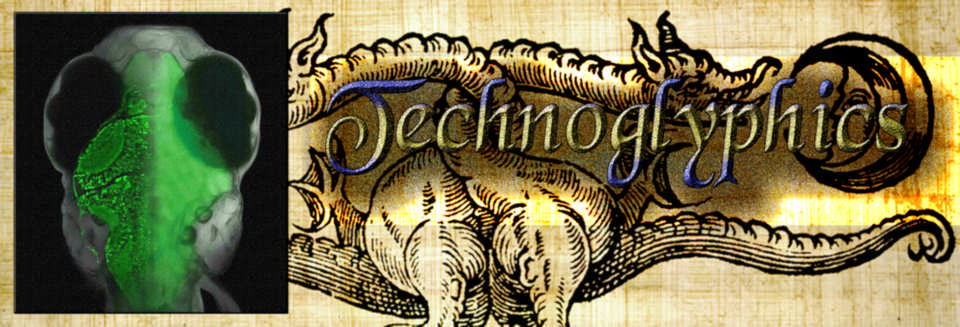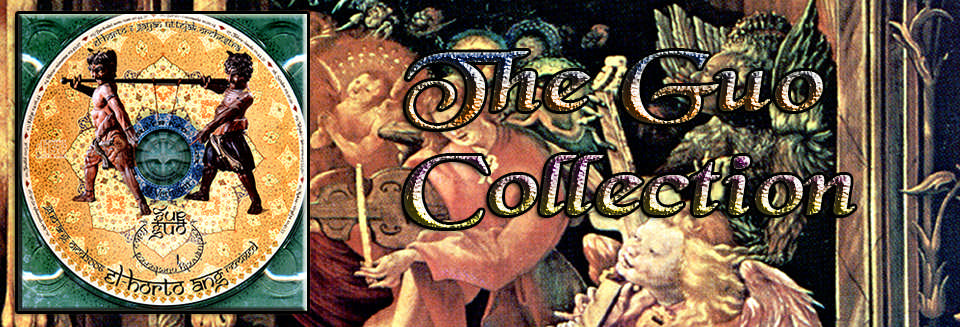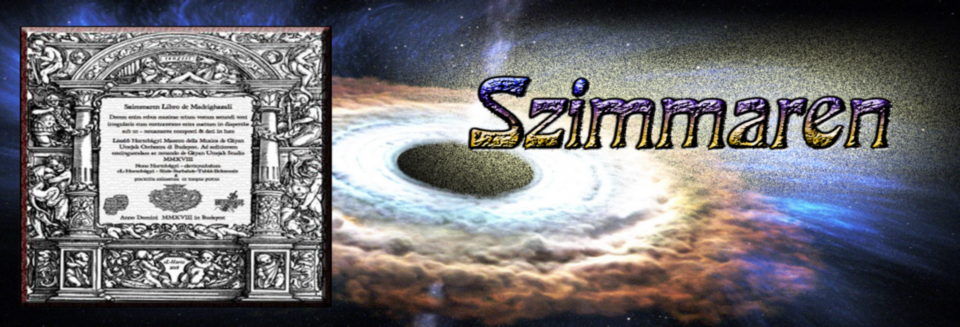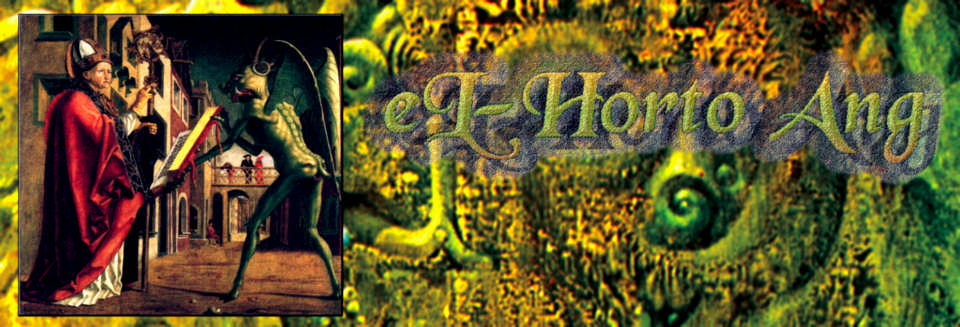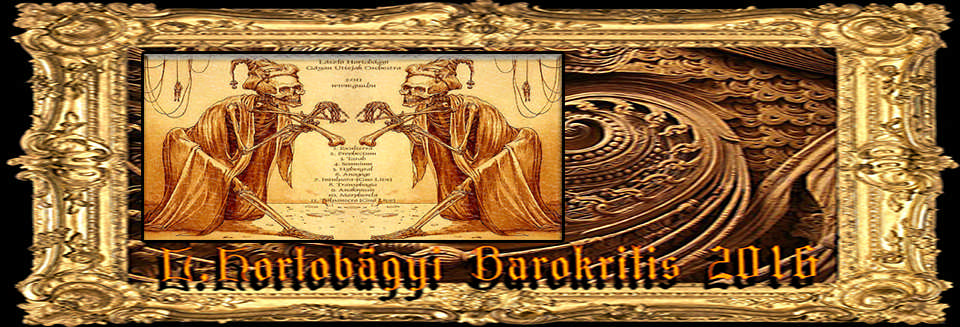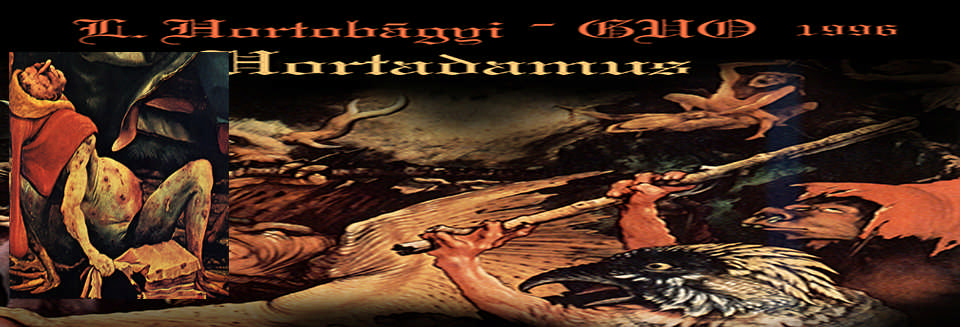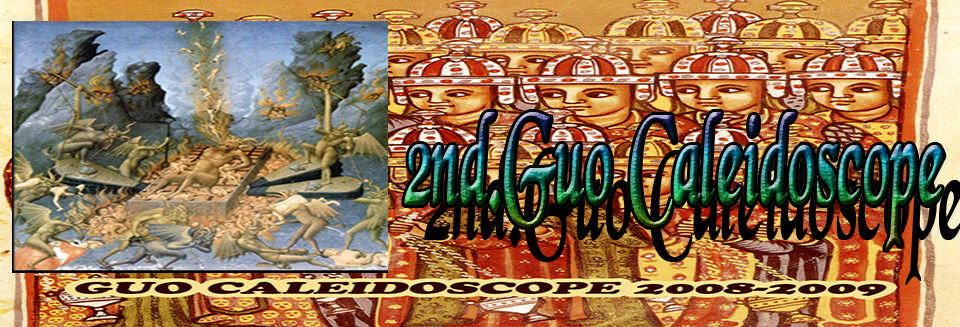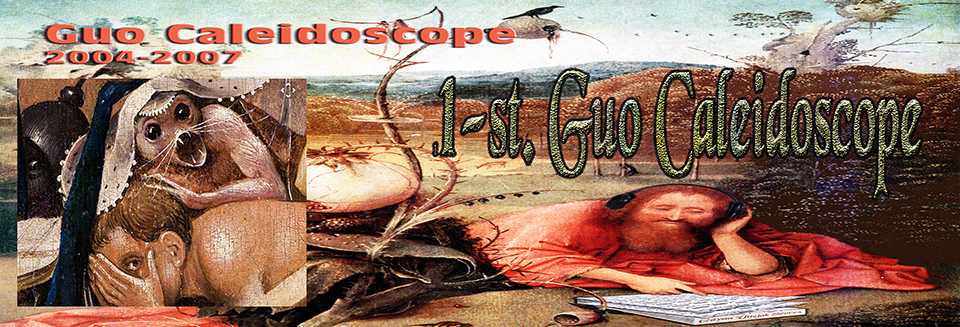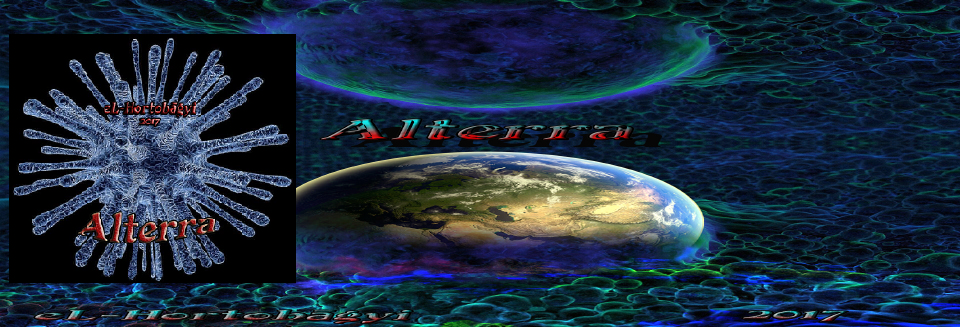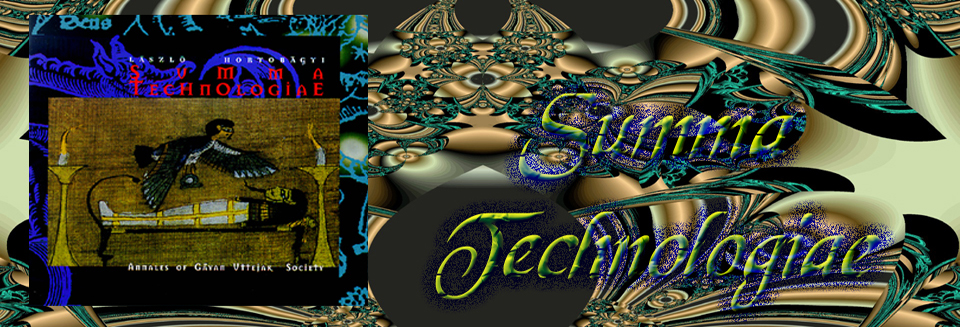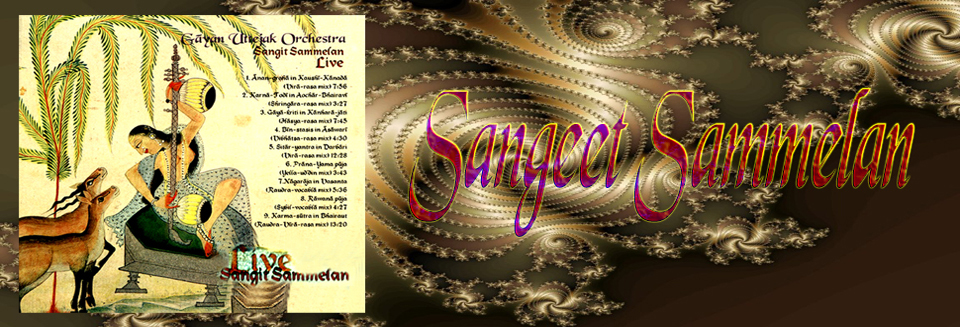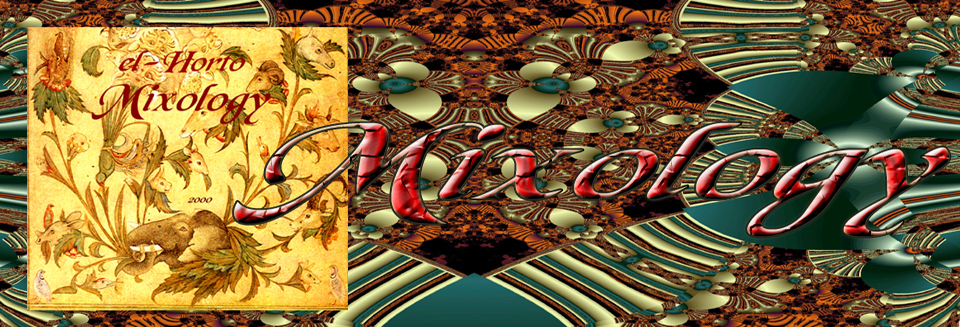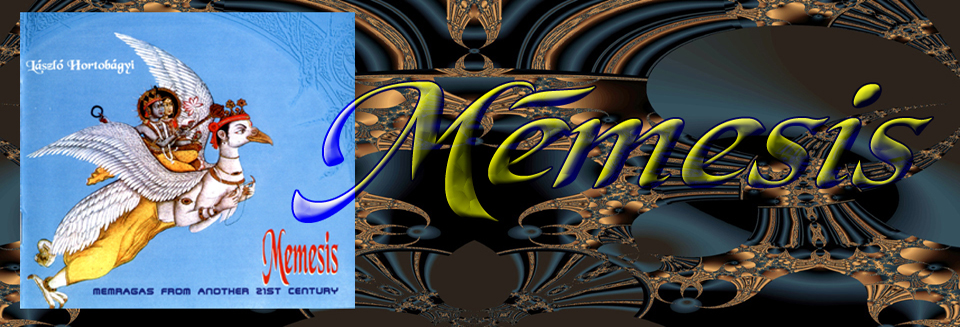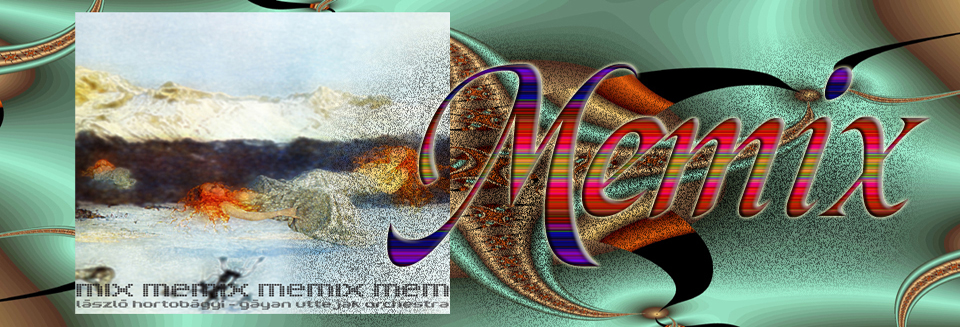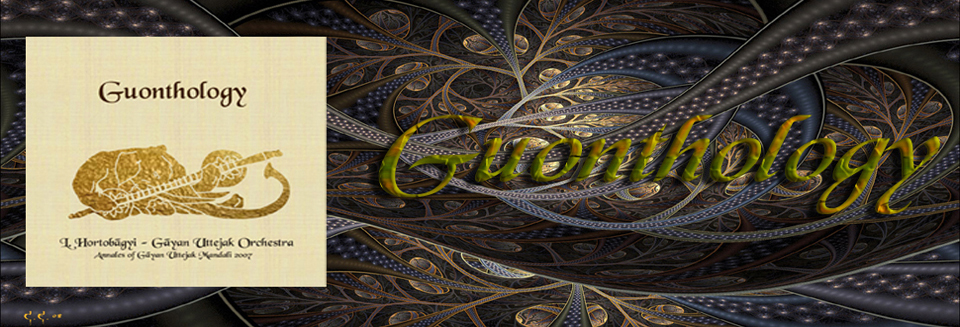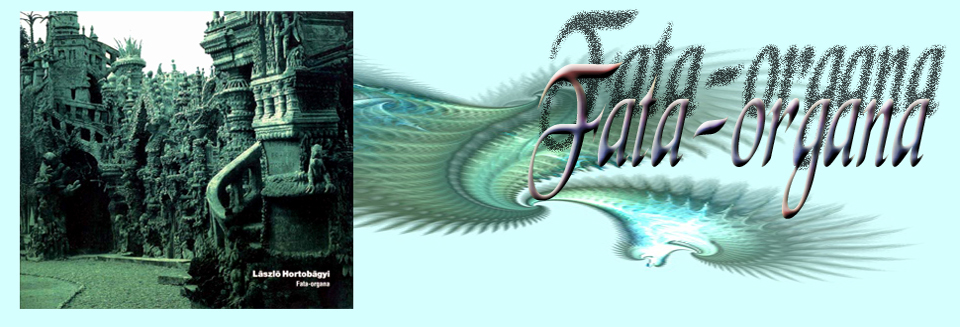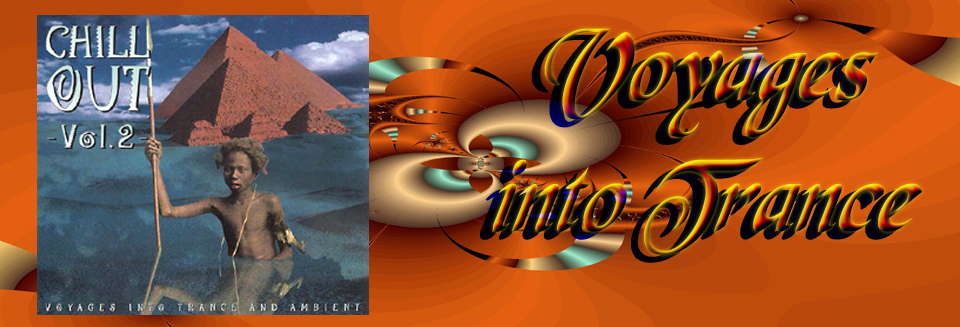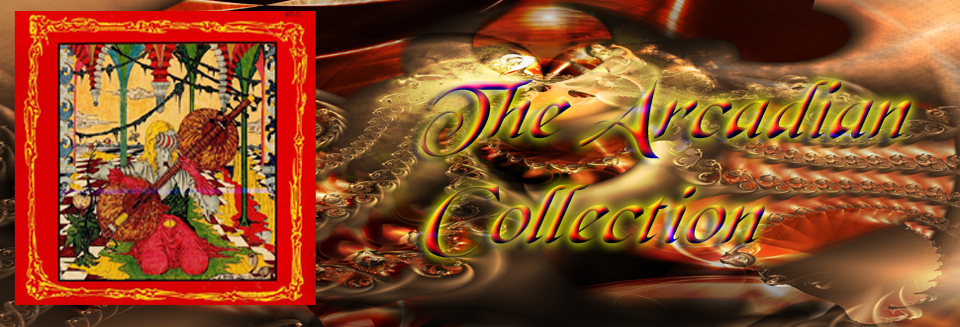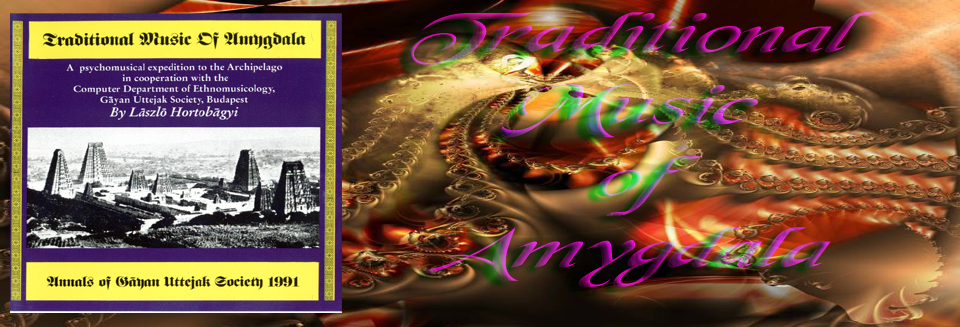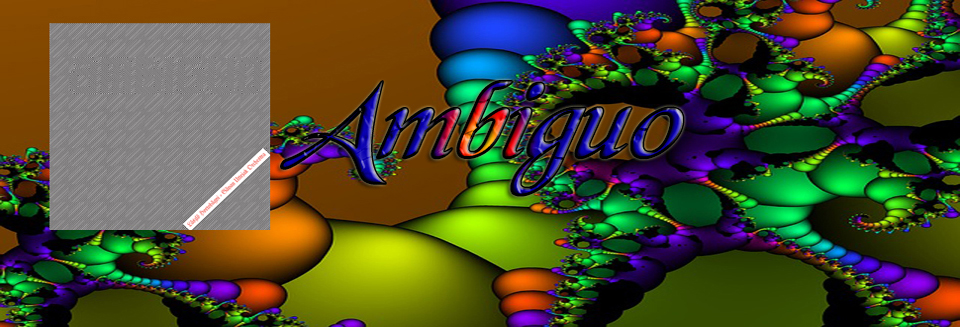eL-Hortobāgyi – Barokrītis
– fragment of a Cd Liner text –
*
The Barokrītis 2016 CD it is my private vision-mythology about the common improvisation and structure between the the “code-systems” of the baroque musical practice and the classical Indian Music, especially the way of thinking of the vocal and instrumental practice (bol-tāns, bol-bānd, ritornello , etc).
My first composing was ended in 1984 (under title: Kirānā-baroque, published in Transreplica Meccano LP, 1988) and later the Gāyan Uttejak Orchestra playing live on harpichord and tablā-tārang on their tour, mainly my rāga composing in Rūpaka, Chautāla, Dhammār, etc. Unfortunately the new global colloquial musical language deforming these traditions to another and brutal way and it seems to lost the original “source code” of these high musical cultures heritages and common roots.
The last living (but dying) colloquial-vernacular musical language now can only be found in the Arabian-Indian-Indonesian World on this planet.
Though the extinction of the traditional Indian schools (gharānā) had already commenced in parallel with the disappearance of the mahārāja courts, around the turn of the previous century the general misunderstanding of the classical Indian music by ”white man’s” consumption could also lead to the development of a consumable Indian music that was comparable with the global “conform-idiomatism” of the awful pop-New Age industry and finally died out about on the symbolical day of Ustād Vilāyat Khān‘s death (March 13, 2004).
Today it has become a Tāntric rectum cleaning and the music of entertainment industry characterized by kitschyworld and wellness-ambient facility that will operate as one of the Wellness-Neuronetics subdivision of Wychi-Exonybm Corporation.
When in 1580 a choir-master-organist living in the Netherlands wrote a fugue to which in the majority of the cases he did not add any key-signature, and there was no rhythmic marking out, neither was the way of performance added in Italian, nevertheless a hundred years later, in a distance of 2000 km, it was perfectly performed since the person who wrote it trusted the other person who played it: “what both of us know, why should be put down”.
The last “free improvisation” practice of the European music based on the huge basic-melody treasury of the reformation choral music and on the contemporary improvisational practice of the organ-cembalo-lute performances, with (above mentioned) very simple notation system (like guru-sishya parampara or the scores of the gamelān banjar orchestras, etc). The European continental-collective musical language’s general practice died out about on the symbolical day of J.S. Bach‘s death (July 28, 1750).
*
The problem is, that a Tanganyikan or a Javanese will not come to study Gregorian chants, but it was the “white man” who went to obsevre what that black man was knocking on that drums or what the members of the Gamelan orchestra were beating. By the way, it could only happened simply on account of economic extension, as a by-product. Though, according to the estimations, the death of more than 2-3 million bengali-s was caused by the English industry, (East-Indian Company, 1620), we could read, as far back as 1794, about Indian music from the pen of Sir William Jones. In this process, it is very strange, that there is an introductory part – just like, in those days, Goethe’s literary-intellectual revolution called “Sturm und Drang” – where you can still access to certain things, and there is an outgoing part, and that is where we live now. The latter will pass in 30-50 years, and in this way a dreary reality is going to be realized, that only those parts of the cultures are able to live on, which can be understood by the “white man”.
We can take over and understand so little from these vanishing cultures, that we are even not able to comprehend what has been lost.
On the eve of the globalization, the historical reality had became fissured, it would happen not too often, and we got a historical opportunity to compare and understand, with the help of the changed way of thinking and the modern technology, the co-existing and co-existed musical languages of the world. This opportunity applied not only to music. Still before the set-in of the postmodern, I would call it an apocapitalistic consumer caste-system, right before the traditional cultures considered as the iridescent reflections of the past could have died out, and a deformed western world, becoming caste-like, built up: as a last psychedelic pushing of the 60ies, there was a period, when the big theory of comparative musical synthesis, worthy of the European musical culture, could have been born, similarly to the search for the Universal Theory of physical science. There was 25-30 years for this purpose. And never more. Before that, there had been the self-determining and impermeable world of traditional feudal cultures and the narrow-minded, Europe-centric world concept of the bourgeois society, then, after their decay, there came the similarly impermeable homogeneous, conformist-narrow world of the new global multi-culture. At that threshold point of the historical course, there appeared for the first and, at the same time, last time the chance for this synthesis, that was, otherwise, contradictory to the reality and true only in its possibilities.
But nobody did even notice it.
*
A probléma a következő. A tanganyikai vagy a jávai ugye nem jött gregorián éneket tanulmányozni, hanem a fehér ember ment el, hogy megfigyelje, mit is kopog az a fekete ember azon a dobon vagy mit csépelnek a gamelān zenekar tagjai. Egyébként ez pusztán a gazdasági expanzió okán, csupán melléktermékként történt meg. Ugyan a számítások szerint a Kelet-indiai Társaság 1600-as alapítása és 1947 között körülbelül 30 millió bangladeshi halt meg az angol ipari behatolás következtében, de már 1794-ben Sir William Jones tollából olvashattunk az indiai zenéről.
Ebben a folyamatban az a különös, hogy van egy bevezető szakasz – mint annak idején Goethe-ék “Sturm und Drang” irodalmi-szellemi forradalma -, ahol még hozzáférsz bizonyos dolgokhoz, és van a kimenő szakasz, amit pillanatnyilag most élünk. Ez utóbbi szakasz mintegy harminc-ötven év alatt zajlik le, és ily módon megvalósul az a sivár igazság: ezekből a kultúrákból csak az marad fenn amit a fehér ember megért.
Olyan keveset tudtunk átvenni és megérteni ezekből a kihaló kultúrákból, hogy fel sem tudjuk fogni, mi az ami elveszett.
Az újrakezdésre viszont az a felismerés vezetett, hogy a globalizáció küszöbén meghasadt a történelem valósága – ez nem gyakran esik meg – s kaptunk egy történelmi lehetőséget a világban egyidejűleg létező és létezett zenei nyelvek összehasonlítására és megértésére a megváltozott gondolkodás és a modern technika segítségével. Ez a lehetőség nem csak a zenére volt érvényes. Még az úgynevezett posztmodern, általam apokapitalista fogyasztói kasztrendszernek tartott struktúra beállta előtt, mielőtt a múlt szivárványos visszfényének vélt tradicionális kultúrák kihaltak volna és egy deformált, kasztosodó nyugati világ épült volna fel: a hatvanas évek utolsó pszichedelikus löketeként volt egy időszak, amikor megszülethetett volna az európai zenekultúrához méltó nagy összehasonlító zenei szintézis-elmélet, a fizikai tudományok Univerzális Elmélet kereséséhez hasonlóan. Volt huszonöt-harminc év erre. Soha többet. Előtte a feudális tradicionális kultúrák öntörvényű, átjárhatatlan világa és a polgári társadalom bornírt európacentrikus világképe, utána az előbbiek pusztulását követően az új-globális multikultúra ugyanolyan átjárhatatlan homogén, konform-szűk világa. Ezen a küszöbön, ebben a történelmi menetben bukkant fel először és utoljára ennek az egyébként a létező valóságnak ellentmondó és csak lehetőségében valóságos szintézisnek az esélye.
Senki nem vette észre.
BOOKLET LINER_HUN
BOOKLET LINER_ENG
CD GrFx DOWNLOAD
or right click above = save link as = keep
Guo-Ang (Memix CD) release
DALOK.HU – THE ORCHARD
click on pictures link in new tab


